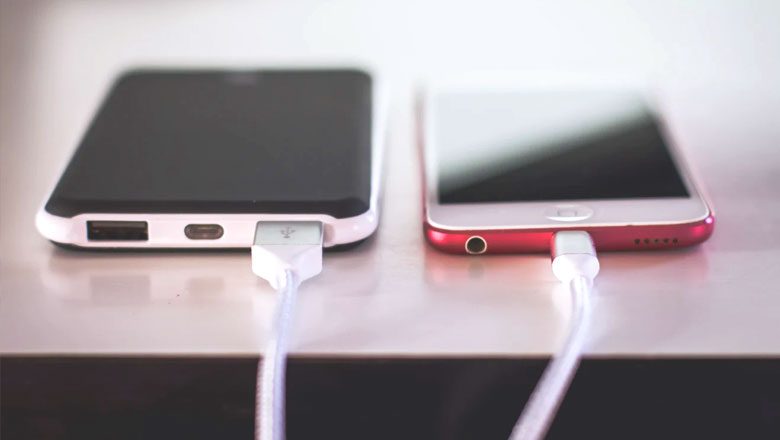
We’ve all come to rely heavily on our cell phones and tablets – for quite a while now they’ve been the most widely used way of getting online and the average Brit is said to spend 3 hours and 15 minutes a day on their phone.
With figures like these, it makes sense to take as much care as we can of these precious devices, not just keeping them physically safe but also protecting all the data they contain. So here’s a (fairly) comprehensive rundown of some practical steps that you can take to save your mobile devices from harm.
Protecting your mobile device
The first, and most important thing to consider is how to physically protect your phone or tablet. Although they look and feel robust enough, they can be damaged quite easily and that’s why these are all good steps to take if we want to prevent that from happening.
Invest in a good case
The first thing to do with any new phone or device is to get a sturdy case to protect it from damage when it’s knocked or dropped.
Shield your device from damage with a tempered glass screen
Almost everyone must have smashed a screen which can be expensive to replace. This is why having a tempered glass screen fitted is a wise precaution.
Keep things cool
Like all electronic devices, smartphones and tablets generate considerable heat in operation. If you also leave them in direct sunlight they can overheat and suffer damage. So keep them in the shade.
Beware of third-party charging cables

It can be tempting to go for cheaper options when you’re buying a new charging cable. But only the original manufacturers’ ones can be guaranteed to charge at the right rate and not damage the charging port.
Careful how you clean the screen
Even if you’ve taken our advice and fitted a tempered screen, cleaning it with rough cloths can cause tiny scratches. So make sure that you always use a microfibre cloth instead.
Avoiding loss and theft
Anyone who has ever had a mobile device stolen or have lost it will know just how annoying and disruptive that can be. Firstly, there’s all the expense and inconvenience of replacing it and then there’s all the valuable data, photos and contact information that you’ve also lost. Generally, it’s a question of avoiding the situation through common sense and caution but, for when these aren’t enough, it always good to follow the steps below.
Make sure you’re insured
The best thing that you can do is to get insurance for your device. That way, you’ll know that you’re covered if it is ever stolen or damaged.
Activate a tracker
If you can’t find your phone or tablet, it’s just a question of having put it down somewhere. So if your particular model has an inbuilt phone finder, make sure that you activate it. Alternatively there are handy little devices like the Bluetooth-enabled Tile Mate Tracker that can help you to keep tabs on it.
Get a phone case with a finger loop
There have been many instances of thieves literally snatching phones out of people’s hands. So, to be extra secure, you can get a case with a built-in loop that you can slip over your hand to keep it safe when you’re using it.
Protecting your data
There are so many things that we use our mobile devices for which also includes personal and confidential data. These range from sending and receiving emails to carrying out banking operations and include the sort of information that hackers would love to get their hands on. But there are a number of ways that you can stop them in their tracks.
Set up a passcode
Step one always has to be to set up a passcode to lock your device, whether this is a number, fingerprint or even facial recognition.
Install virus protection software
Virus and malware are becoming an increasing problem for mobile devices but there are a number of excellent products to protect against this, particularly for Android devices. So make sure you install one.
Be wary of apps
Not all apps are quite what they seem. So be cautious about downloading ones from unknown and unauthorized sources.
Download your data
Remember to periodically back up your data into the cloud. This will also be especially useful if you ever lose your mobile device as you won’t have lost all your irreplaceable information as well.
Keep your operating system up to date
Last, but not least, the most recent operating system will always be the most secure. Therefore, you should never put off updating it.
So, hopefully, we have given you some handy tips about how to keep your mobile devices safe and sound. Now it’s just a question of putting them all into practice.
 Samsung Galaxy S22
Samsung Galaxy S22  Xiaomi 14 Ultra
Xiaomi 14 Ultra  LG G4 Stylus
LG G4 Stylus  LG V20
LG V20  Samsung Galaxy M52
Samsung Galaxy M52  Samsung Galaxy A21s
Samsung Galaxy A21s 

